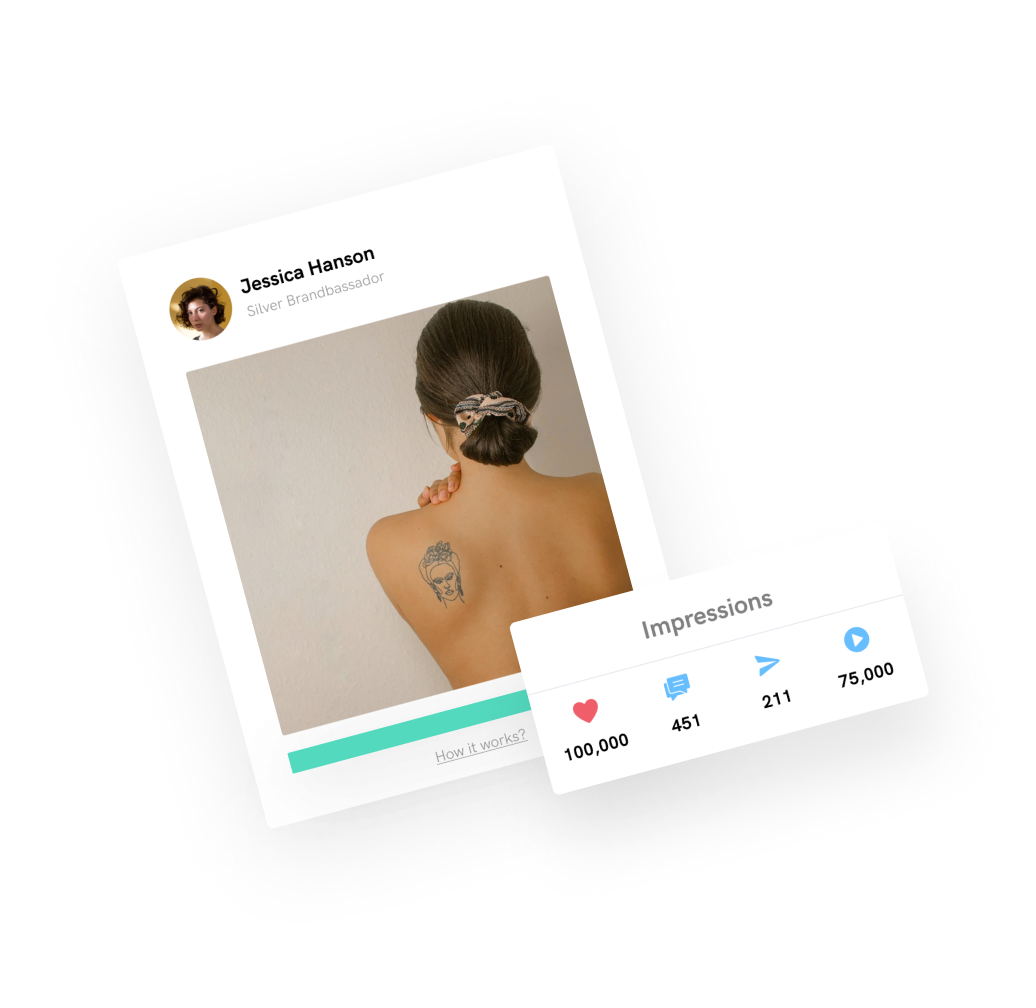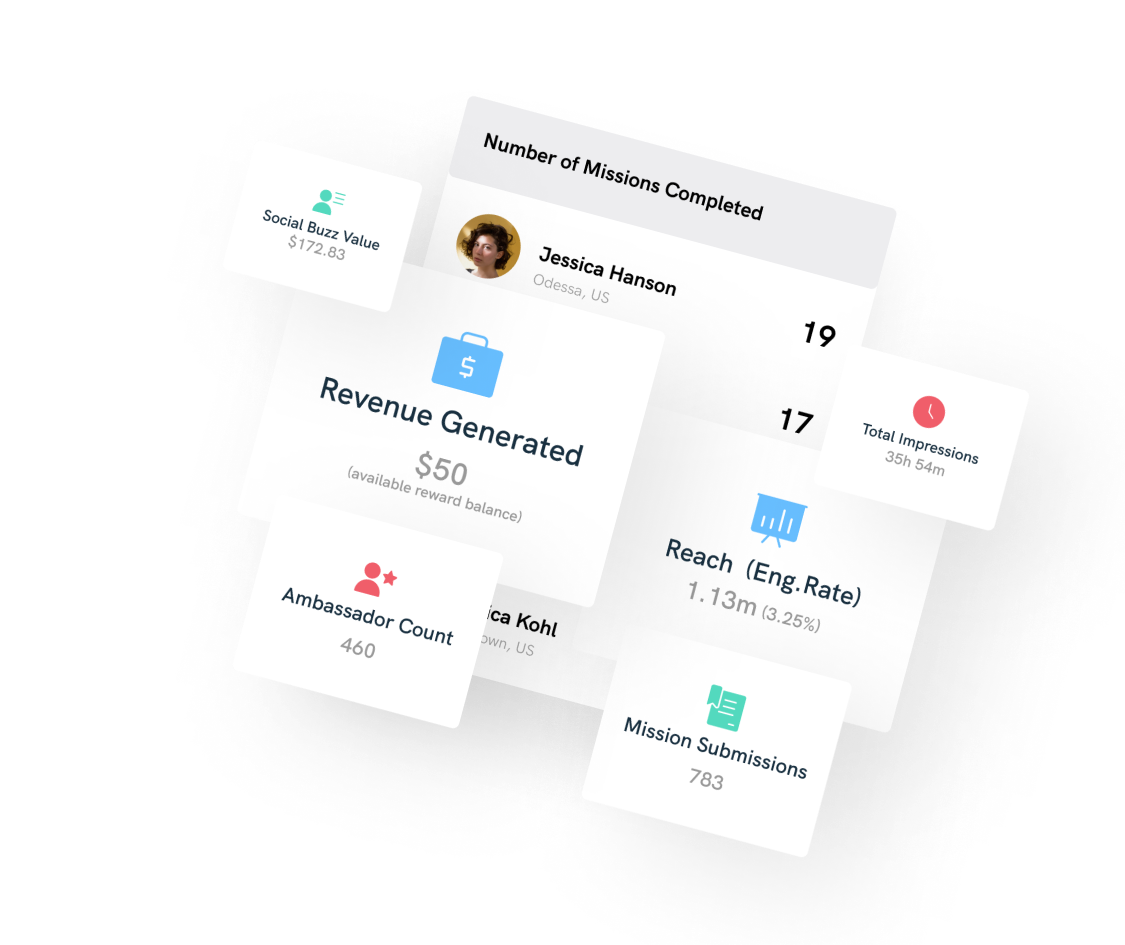It stands to reason that as the quantity of media outlets by which influencers can reach their potential audiences increases, and the general digital transformation of our world attracts evermore target customers, influencers need to remain one step ahead of the game when it comes to promoting brands.
Influencer Marketing Managers must ensure they adopt technological changes and social media trends proactively so that they partner with influencers’ who have audiences that are consuming relevant and engaging content.
Put simply, influencers must be drivers, not passengers, and their canny use of contemporary digital tools like digital adoption software can put them firmly in that driver’s seat. To stay relevant and competitive in today’s digital space, influencers must continuously refine their influencer marketing skills—blending creativity, data analysis, and authenticity to truly connect with their audiences.Let’s look at how they can make that happen, but first, let’s loosely define the different types of influencers and their common advantages to brands.
Influencers and brand ambassadors tend to be categorised in terms of their outreach, the smallest being nano influencers, then micro influencers, with macro influencers having the largest audiences.
Which influencers are right for your brand?
Nano Influencers
Nano influencers tend to focus on geographical locality or niche communities in terms of the people who follow them. A nano influencer might be a community kingpin in their city or even a suburb.
A nano influencer might extend their reach to become internationally famous. Imagine a photographer with a bit oftalent who might be lucky enough to live by a famous beauty spot or geographically famous landmark. They can take and post daily photos of the iconic places near them, and quickly become very popular.
For example, someone living a couple of miles away from The Grand Canyon has the opportunity of providing daily images of it in various lighting and weather conditions. A bit of Photoshop later and that local Joe with a digital SLR (single lens reflex camera) could become the next Ansel Adams.
From a brand’s point of view, in the case of Joe, our Grand Canyon photographer, working with him is going to be much more cost-effective compared to handling established macro influencers. Nikon or Canon might collaborate with Joe for a year or more with by supplying him with the latest camera kit and a couple of free flight tickets to a photo trade show in New York City. That’s a win / win for influencer, brand and audience combined.
Collaborating with nano influencers in this way can be a great strategy for brands seeking to connect with a specific audience (say landscape photographers), a geographic area (in this case maybe the Arizona tourist board), or any niche fan base.
Micro Influencers
Micro influencers are generally categorized to have a following in the range of, say, 1,000 to 100,000 followers. They often have higher engagement rates compared to influencers with much larger audiences.
One important rule holds true for influencers: the smaller the audience the more ‘loyal’ it tends to be. You only have to look at small town baseball teams in the USA or market town soccer club fans in the UK.
For those people, missing a match or not traveling to an ‘away game’ is tantamount to apostasy. However, UK soccer team Manchester United probably has a billion fans across the planet, of whom barely 1% have ever visited Manchester, let alone attended Old Trafford.
Micro influencers may be happy to work with brands for less money or on a barter basis for products, whereas influencers with a greater following often demand higher rates for their services. Furthermore, micro influencers usually instill a strong sense of credibility within their niche audience.
Macro Influencers
With a following exceeding 100k and into the millions, macro influencers reach the largest quantity of people, but the fierce loyalty of the smaller audience is missing. Little more can be said about this obvious truth; however it begs the question:
If a micro influencer with a 30k audience has a diehard loyal following, but a macro influencer with 500k followers has 10 times the audience, but on a more casual basis – which one provides the best value for money (i.e. sales turnover) for their brand?
The only way to answer that crucial question is by studying data. Only by adopting data analytics and deft use of dashboards can truly assess exactly what happens when a person reads an influencer’s post, then goes on to purchase a product that may have been recommended.
But with the increase of digital outreach, consumers have become more discerning and cynical. Influencers must adapt by being very open about collaborations with brands supplying sponsored content. What’s more, influencer marketing strategies must also evolve as a result of their analytics’ findings.
Digital transformation has disrupted influencer marketing strategies by enabling data-driven decision-making, expanding audience reach, augmenting the need for authenticity and openness, while diversifying platforms and integrating content with the needs of eCommerce.
Brands that adapt to digital analysis and drive trends (as opposed to following them) by leveraging digital tools effectively can take influencer marketing to new heights year on year.
If your brand is smaller, you may want to focus your efforts on nano and micro influencers, to begin with, ensuring that you do due diligence to check that their audience aligns with your target market.
Larger brands find using a mix of nano, micro and macro influencers generates the most brand awareness, ROI, and sales. As you grow, you may find it beneficial to build towards having all types of representatives for your brand.
UGC cover image: @am_blurr for PopSockets.








